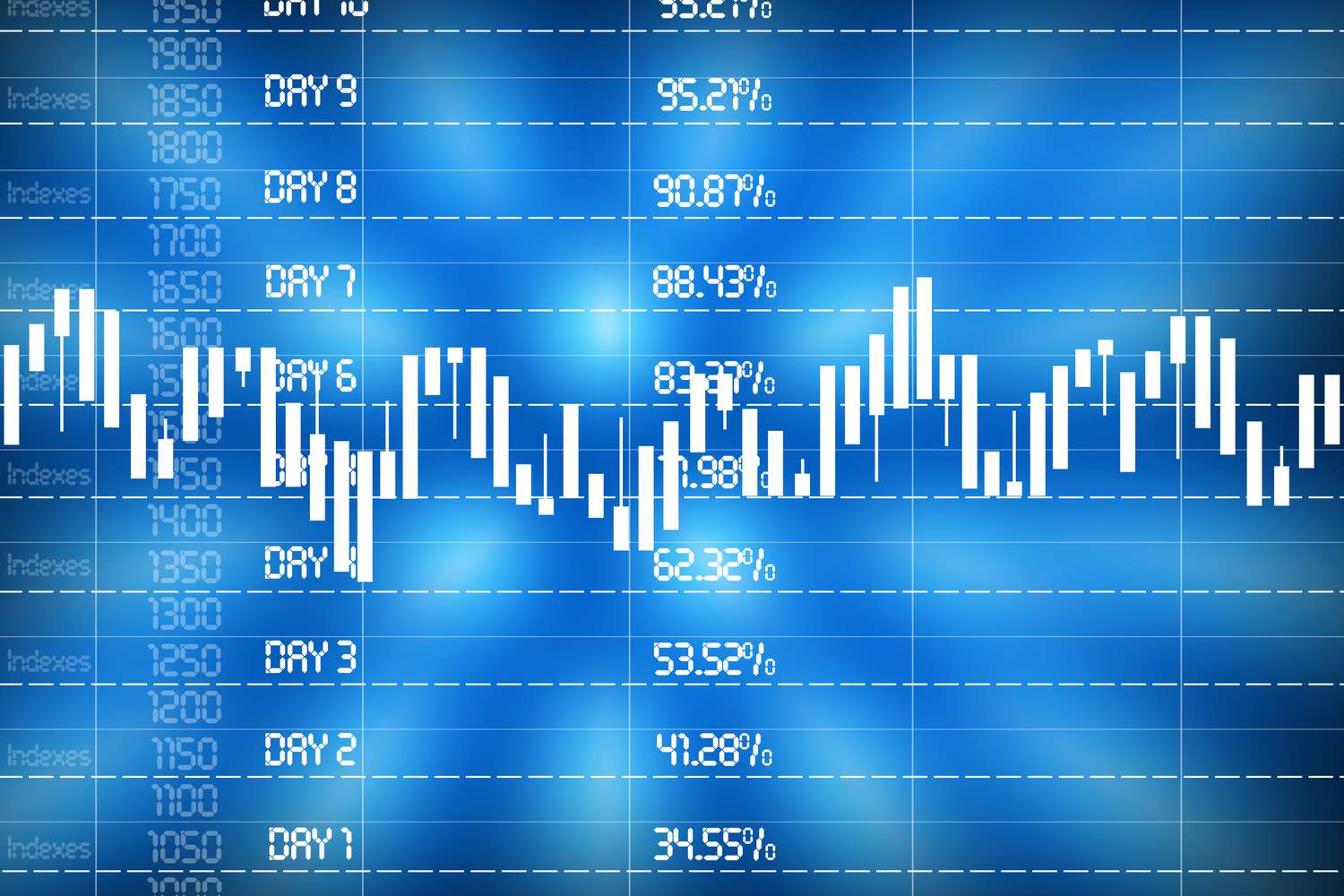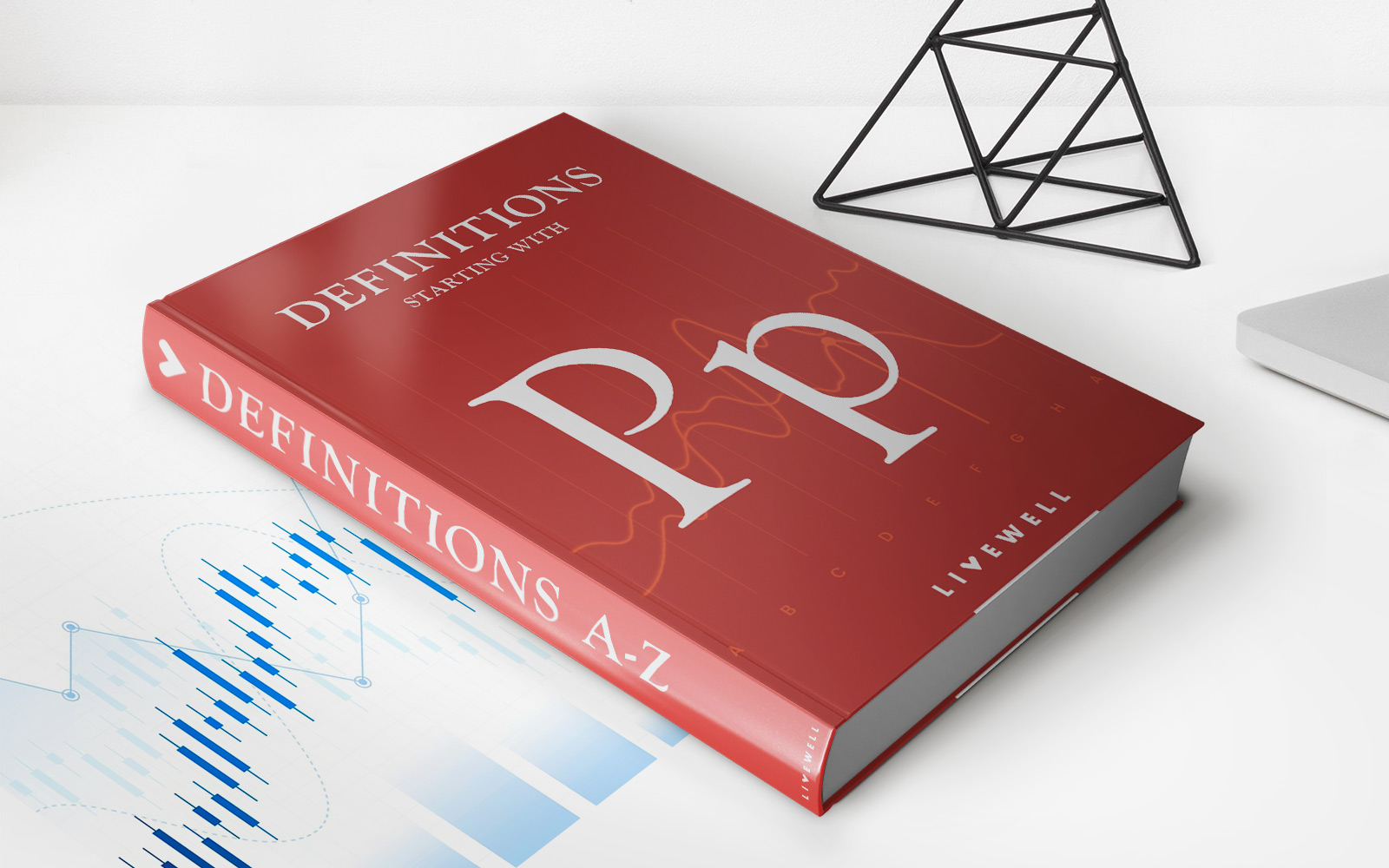

Finance
When Do Options Contracts Expire?
Published: February 28, 2024
Options contracts typically expire on the third Friday of the expiration month. Understanding expiration dates is crucial for effective financial planning and decision-making in the world of finance.
(Many of the links in this article redirect to a specific reviewed product. Your purchase of these products through affiliate links helps to generate commission for LiveWell, at no extra cost. Learn more)
Table of Contents
Introduction
Welcome to the world of options trading, where investors have the opportunity to engage in strategic financial maneuvers that can yield substantial returns. Options contracts are versatile financial instruments that provide the right, but not the obligation, to buy or sell an underlying asset at a predetermined price within a specified time frame. Understanding the dynamics of options contracts, including their expiration dates, is crucial for anyone venturing into the realm of derivatives trading.
Options contracts are widely used by investors to hedge against potential market risks, generate income, or speculate on the price movements of underlying assets. Whether you’re a seasoned trader or a novice investor, comprehending the intricacies of options expiration is essential for making informed decisions and maximizing your investment strategies.
In this comprehensive guide, we will delve into the nuances of options contracts, explore the significance of expiration dates, dissect the various expiration cycles, and shed light on the factors that influence options expiration. By the end of this journey, you will have a solid grasp of when options contracts expire, the implications of expiration time, and the associated risks and considerations.
Understanding Options Contracts
Options contracts are financial instruments that grant the holder the right, but not the obligation, to buy or sell a specific asset at a predetermined price, known as the strike price, within a specified period. There are two primary types of options: call options and put options. A call option provides the holder with the right to buy the underlying asset, while a put option grants the holder the right to sell the underlying asset.
These contracts derive their value from the underlying asset, which can range from stocks, exchange-traded funds (ETFs), commodities, or even market indexes. Unlike stocks, options have expiration dates, adding a time dimension to their value. The expiration date is a critical component of an options contract, as it defines the period during which the holder can exercise their rights.
When an investor purchases an options contract, they pay a premium to the seller, also known as the writer. This premium is the cost of acquiring the rights associated with the options contract. The seller, in turn, receives the premium and assumes the obligation to fulfill the terms of the contract if the holder decides to exercise their rights.
Options contracts are traded on various exchanges and are available with different expiration dates and strike prices, providing investors with a wide array of choices to align with their investment objectives and market outlook. Whether used for speculation, hedging, or income generation, options contracts offer flexibility and strategic opportunities in the financial markets.
Expiration Dates for Options Contracts
Options contracts have expiration dates that dictate the timeline within which the holder can exercise their rights. These expiration dates are a defining feature of options, distinguishing them from other financial instruments. The expiration date marks the end of the contract and is a crucial factor in determining the value and viability of the options.
For standard equity options, the expiration date falls on the third Friday of the expiration month. This date is known as the expiration Friday. It is important to note that the expiration date is not the last day for trading options. In fact, options typically stop trading on the third Friday, but the settlement process occurs the following business day.
Upon reaching the expiration date, the options contract ceases to exist, and the rights associated with it expire. At this point, the holder must decide whether to exercise the options, allowing them to buy or sell the underlying asset at the predetermined strike price, or let the options expire worthless. The decision to exercise the options is influenced by various factors, including the market price of the underlying asset and the potential for profit.
It’s essential for investors to be mindful of the expiration dates when trading options, as the passage of time can significantly impact the value of the contracts. As the expiration date approaches, the time value of the options diminishes, leading to a phenomenon known as time decay. This underscores the importance of understanding the expiration dates and their implications when formulating options trading strategies.
Weekly, Monthly, and Quarterly Expiration Cycles
Options contracts are available with different expiration cycles, offering investors a range of choices to align with their trading preferences and strategies. These expiration cycles include weekly, monthly, and quarterly expirations, each presenting unique opportunities and considerations.
Weekly Expiration: Weekly options provide traders with short-term opportunities, as they have a relatively brief lifespan compared to monthly or quarterly options. They offer flexibility, allowing investors to capitalize on specific market events or short-term price movements. Weekly expirations can be particularly appealing for traders seeking to execute rapid and targeted strategies.
Monthly Expiration: Monthly options are among the most widely traded contracts, with the expiration falling on the third Friday of each month. These options provide a balance between short-term and longer-term strategies, catering to a broad spectrum of investors. Monthly expirations are often favored for their liquidity and the availability of a diverse range of strike prices.
Quarterly Expiration: Quarterly options have expiration dates that align with the end of each calendar quarter, typically in March, June, September, and December. These options cater to investors with longer-term perspectives, offering the potential for more extended strategic positions. Quarterly expirations can be utilized for hedging against seasonal market trends or establishing more extended investment outlooks.
Understanding the various expiration cycles empowers traders to tailor their options strategies to specific timeframes and market conditions. Whether seeking short-term opportunities, managing longer-term positions, or hedging against market volatility, the availability of different expiration cycles enhances the versatility and adaptability of options trading.
Understanding Expiration Time
Expiration time refers to the specific moment when an options contract reaches its expiration date. This temporal aspect is crucial for options traders, as it delineates the precise point at which the rights associated with the contract cease to exist. The significance of expiration time lies in its impact on the value and decision-making process related to options trading.
Options contracts can have different expiration times, typically at the close of trading on the expiration date. For example, equity options in the U.S. generally expire at 4:00 p.m. Eastern Time on the third Friday of the expiration month. It’s important for traders to be mindful of the expiration time, as it marks the definitive endpoint for exercising the rights embedded within the options contract.
As the expiration time approaches, the dynamics of options pricing come into play. Factors such as the market price of the underlying asset, the time remaining until expiration, and the volatility of the asset can all influence the decision-making process for options holders. Traders must assess whether it is advantageous to exercise the options, close out positions, or allow the contracts to expire.
Moreover, the concept of expiration time underscores the time sensitivity of options trading. The value of options is intrinsically linked to time, with the passage of time affecting the time value component of the contracts. This phenomenon, known as time decay, highlights the diminishing value of options as they approach expiration. Therefore, understanding expiration time is essential for formulating effective options trading strategies and optimizing decision-making in the dynamic landscape of the financial markets.
Factors Affecting Options Expiration
Options expiration is influenced by a myriad of factors that can impact the value and dynamics of options contracts. Understanding these factors is paramount for options traders, as they play a pivotal role in shaping trading strategies and decision-making processes.
Underlying Asset Price: The price of the underlying asset is a critical determinant of options expiration. For call options, as the underlying asset’s price rises, the value of the options increases, potentially leading to profitable opportunities for holders. Conversely, for put options, a decline in the underlying asset’s price can enhance the value of the contracts.
Time Decay: Time decay, also known as theta, is a fundamental factor affecting options expiration. As options approach their expiration dates, the time value component diminishes, leading to a decline in the options’ value. Traders must consider the impact of time decay when managing their options positions and formulating trading strategies.
Volatility: The level of volatility in the financial markets can significantly influence options expiration. Higher volatility can increase the value of options, as it enhances the potential for substantial price movements in the underlying asset. Conversely, lower volatility may diminish the value of options contracts, affecting their viability for traders.
Interest Rates and Dividends: Interest rates and dividends can also impact options expiration. Changes in interest rates can affect the cost of carrying options positions, while dividends can influence the pricing dynamics of options, particularly for equity options.
Market Sentiment and Events: The overall market sentiment and unforeseen events can introduce volatility and uncertainty, consequently affecting options expiration. Traders must stay attuned to market developments and events that can influence the underlying assets and the broader financial landscape.
By comprehending the multifaceted factors affecting options expiration, traders can navigate the complexities of the derivatives market with insight and acumen. Analyzing these factors and their interplay empowers traders to make informed decisions, manage risk effectively, and capitalize on opportunities presented by options contracts.
Risks and Considerations
Engaging in options trading entails inherent risks and necessitates careful consideration of various factors that can impact investment outcomes. It is imperative for traders to be cognizant of these risks and exercise prudence when participating in the options market.
Market Risk: Options trading is subject to market risk, wherein fluctuations in the prices of underlying assets can affect the value of options contracts. Unforeseen market movements and volatility can lead to financial exposure for options traders.
Leverage and Volatility: Options trading involves the use of leverage, amplifying both potential gains and losses. Additionally, the inherent volatility of options can lead to rapid price fluctuations, necessitating a thorough understanding of the associated risks.
Time Sensitivity: The time component of options, characterized by time decay, introduces a unique risk factor. As options approach expiration, their value can erode rapidly, underscoring the importance of timely decision-making and risk management.
Complexity and Strategy: Options trading strategies can be intricate, requiring a comprehensive understanding of derivatives and their dynamics. Inadequate knowledge and haphazard strategies can expose traders to heightened risks and potential losses.
Regulatory and Margin Risks: Options trading is governed by regulatory frameworks, and traders must adhere to established guidelines and requirements. Margin trading, which is common in options, introduces additional risks related to margin calls and capital utilization.
Liquidity and Execution: The liquidity of options contracts and the ability to execute trades at favorable prices are crucial considerations. Illiquid options can pose challenges when entering or exiting positions, impacting trading outcomes.
Considering these risks and factors, traders should approach options trading with a well-defined risk management strategy, thorough market research, and a clear understanding of the instruments involved. Implementing risk mitigation techniques, such as position sizing, diversification, and utilizing risk-reducing strategies, can contribute to prudent and informed decision-making in the realm of options trading.
Conclusion
Options expiration is a fundamental aspect of derivatives trading, embodying the temporal dimension of options contracts and influencing the dynamics of the financial markets. Understanding when options contracts expire, the implications of expiration time, and the interplay of various factors is essential for traders seeking to navigate the complexities of options trading.
By comprehending the intricacies of options expiration, traders can harness the strategic potential of these financial instruments, whether for speculative purposes, risk management, or income generation. The availability of weekly, monthly, and quarterly expiration cycles offers a spectrum of opportunities, catering to diverse trading preferences and investment horizons.
However, it is crucial for traders to approach options trading with a comprehensive awareness of the associated risks and considerations. Market risk, leverage, time sensitivity, and the complexity of options strategies underscore the importance of prudent decision-making and risk management practices.
As traders venture into the realm of options, they should prioritize education, research, and the development of sound trading strategies. Adhering to established risk management principles, staying informed about market developments, and continuously honing trading skills can empower traders to navigate the nuances of options expiration with confidence and proficiency.
Ultimately, options expiration encapsulates the dynamic interplay of time, value, and market forces, shaping the landscape of derivatives trading. Armed with knowledge, acumen, and a strategic mindset, traders can harness the potential of options contracts while navigating the inherent complexities and risks, paving the way for informed and calculated decision-making in the ever-evolving world of finance.














